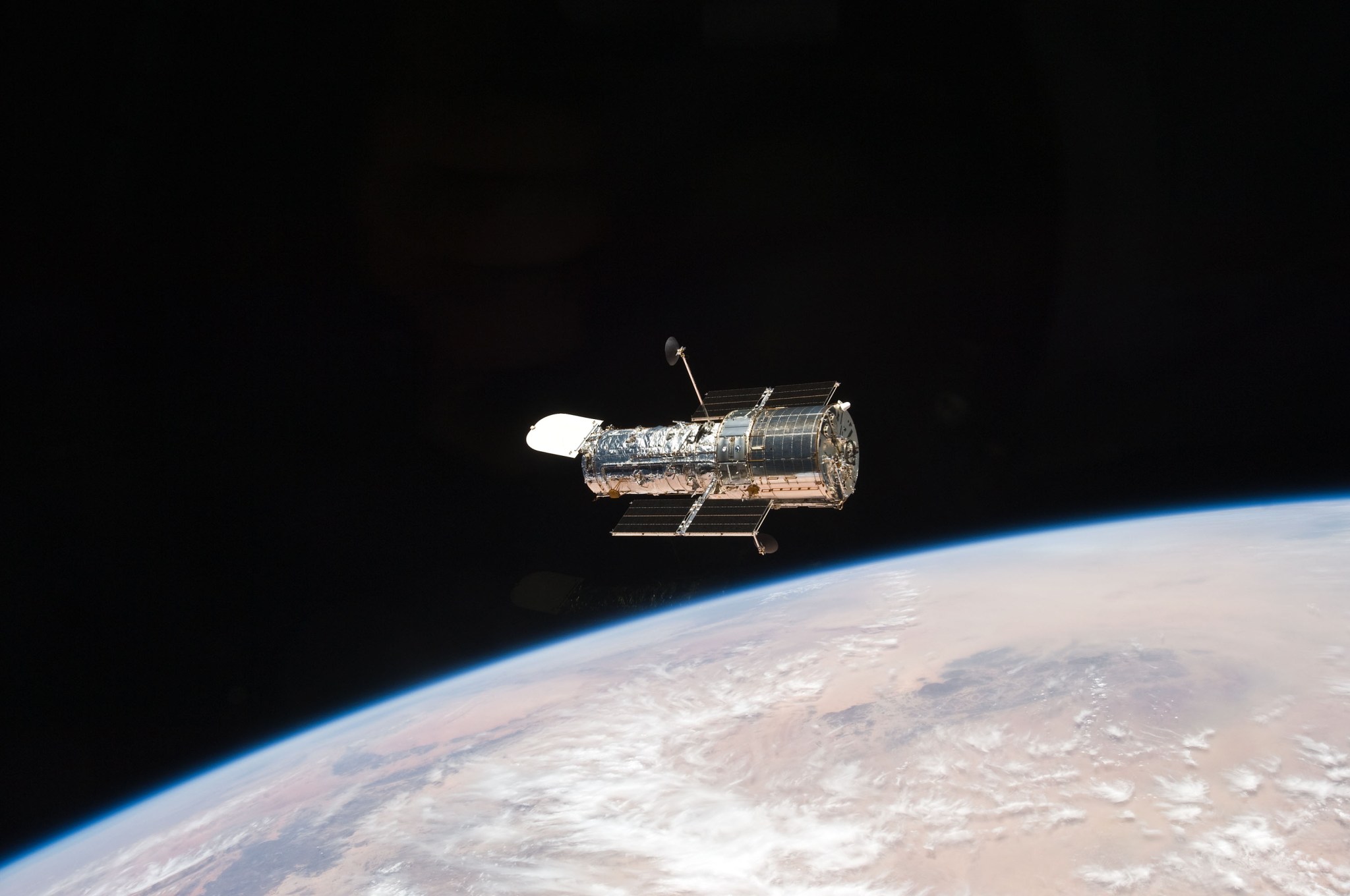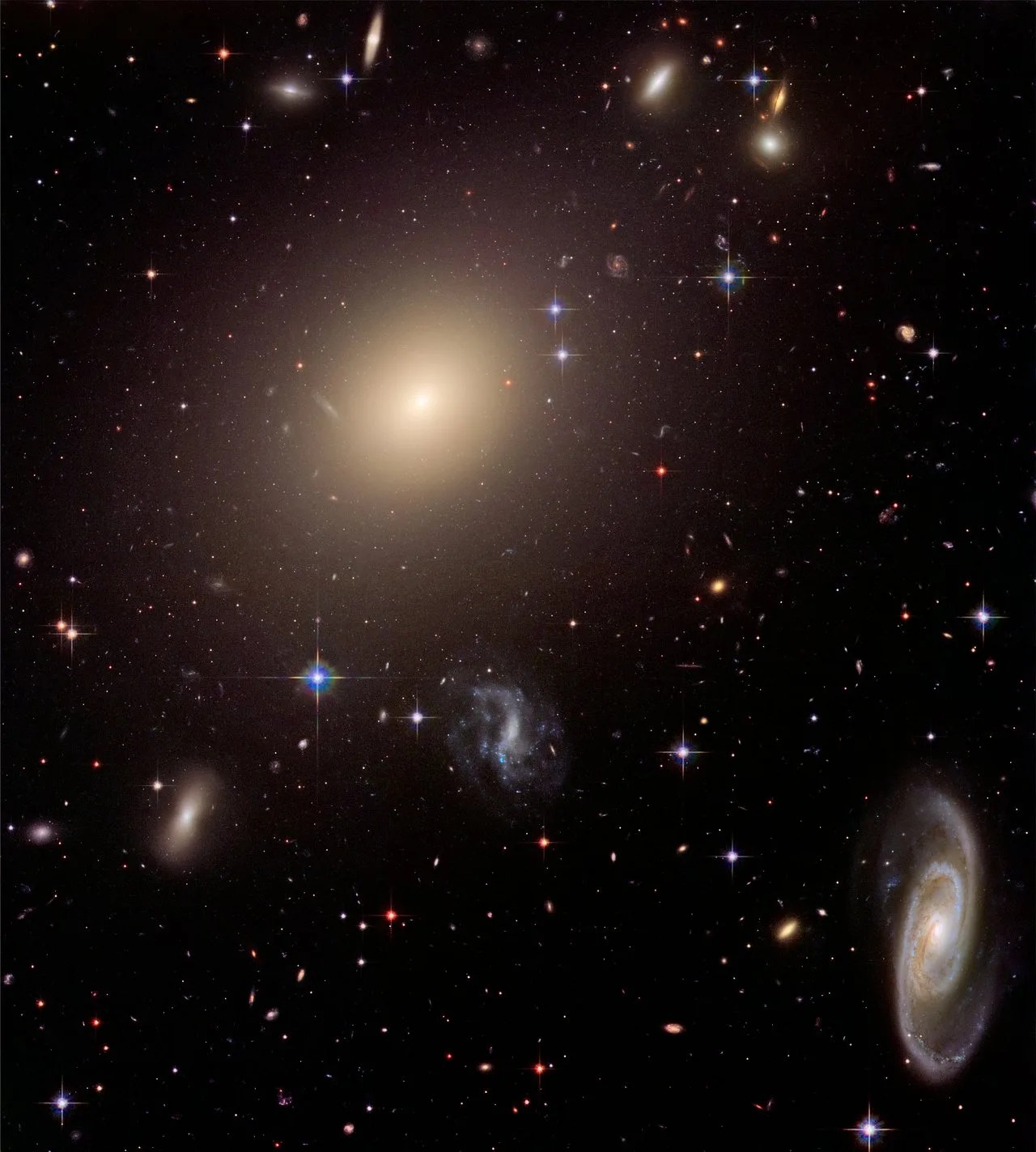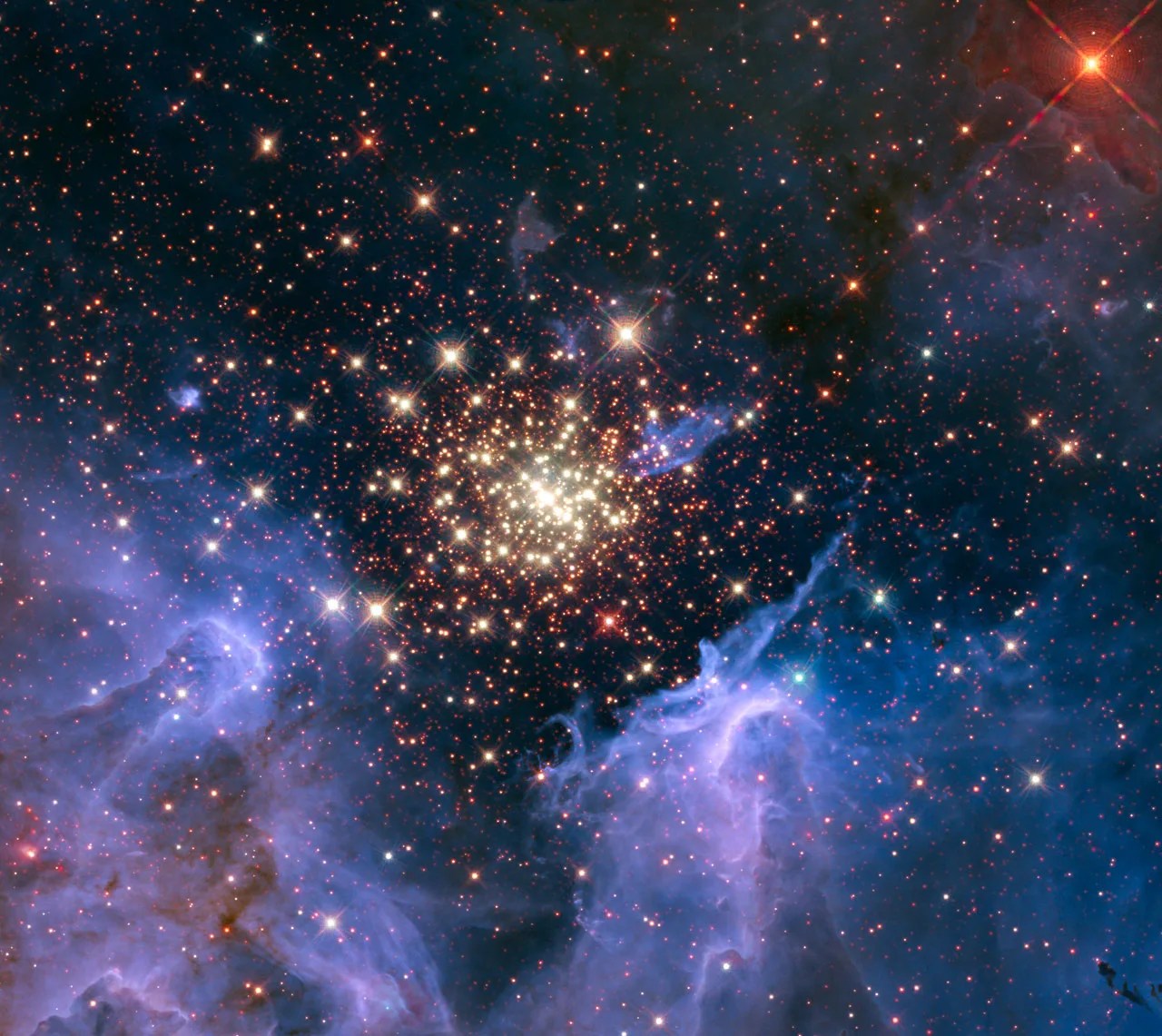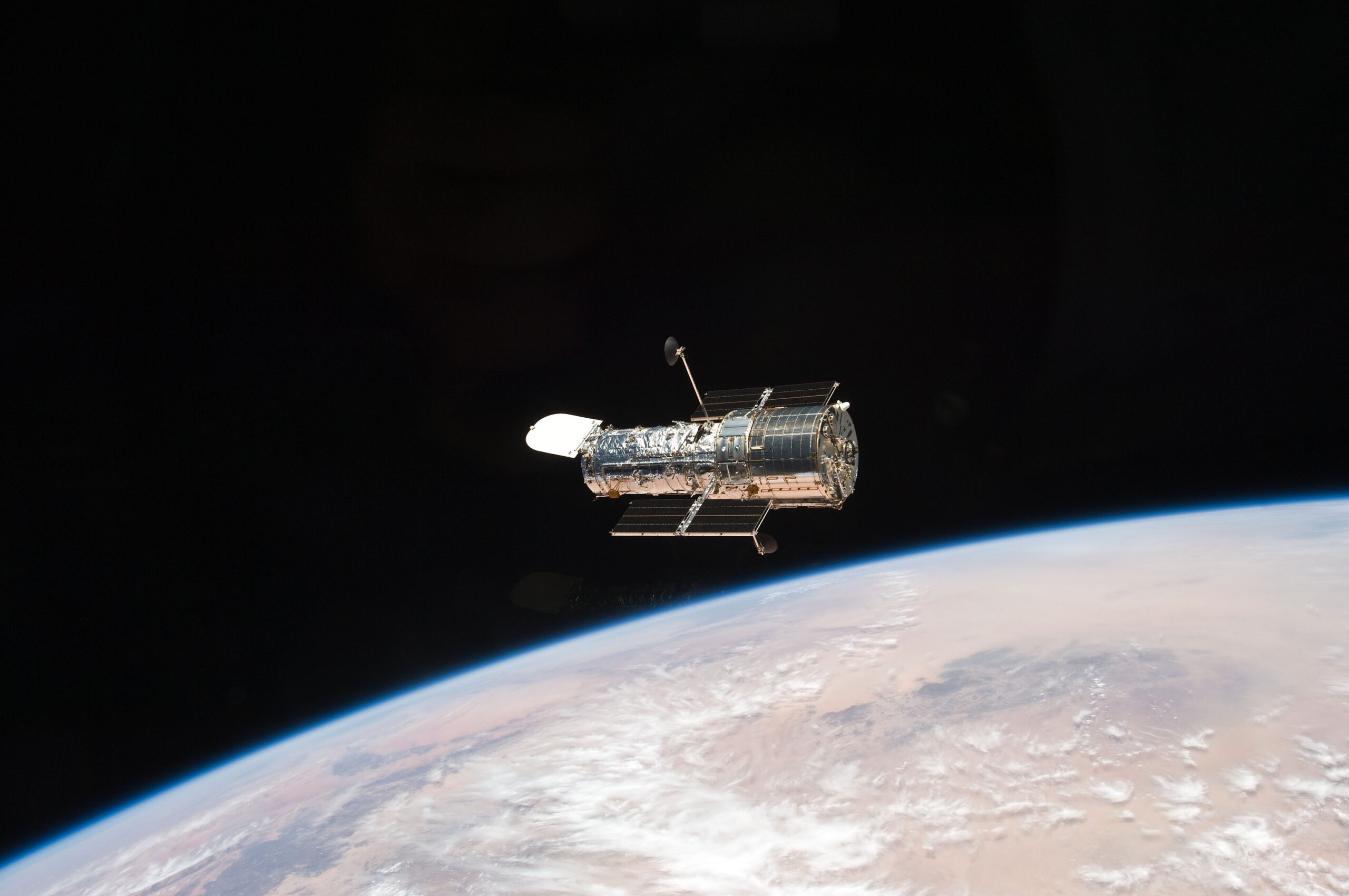3 min read
NASA’s Hubble Restarts Science in New Pointing Mode  This image of NASA’s Hubble Space Telescope was taken on May 19, 2009 after deployment during Servicing Mission 4. NASA NASA successfully transitioned operations for the agency’s Hubble Space Telescope to an alternate operating mode that uses one gyro, returning the spacecraft to daily science operations Friday. The telescope and its instruments are stable and functioning normally.
This image of NASA’s Hubble Space Telescope was taken on May 19, 2009 after deployment during Servicing Mission 4. NASA NASA successfully transitioned operations for the agency’s Hubble Space Telescope to an alternate operating mode that uses one gyro, returning the spacecraft to daily science operations Friday. The telescope and its instruments are stable and functioning normally.
Hubble went into safe mode May 24 due to an ongoing issue with one of its gyroscopes (gyros), which measure the telescope’s slew rates and are part of the system that determines and controls the direction the telescope is pointed. The gyro had been increasingly returning faulty readings over the past six months, suspending science operations multiple times. This led the Hubble team to transition from a three-gyro operating mode to observing with only one gyro, enabling more consistent science observations and keeping another operational gyro available for future use. The agency discussed this transition in detail during a media teleconference June 4.
The team will continue monitoring the problematic gyro to see if it stabilizes and can be used again in the future. Although there are some minor limitations to observing in one-gyro mode, Hubble can continue doing most of its science observations. Further refinements to optimize operations are anticipated as the team gains more experience with the one-gyro mode.
Launched in 1990, Hubble has more than doubled its expected design lifetime, and has been observing the universe for more than three decades, recently celebrating its 34th anniversary. Read more about some of Hubble’s greatest scientific discoveries.
NASA’s Hubble Temporarily Pauses Science Originally Published May 31, 2024
NASA’s Hubble Space Telescope entered safe mode May 24 due to an ongoing gyroscope (gyro) issue, suspending science operations. Hubble’s instruments are stable, and the telescope is in good health.
The telescope automatically entered safe mode when one of its three gyroscopes gave faulty telemetry readings. Hubble’s gyros measure the telescope’s slew rates and are part of the system that determines and controls precisely the direction the telescope is pointed. NASA will provide more information early the first week of June.
NASA anticipates Hubble will continue making discoveries throughout this decade and possibly into the next, working with other observatories, such as the agency’s James Webb Space Telescope for the benefit of humanity.
Launched in 1990, Hubble has been observing the universe for more than three decades and recently celebrated its 34th anniversary. Read more about some of Hubble’s greatest scientific discoveries.
Resources
Download the image above
Operating Hubble with Only One Gyroscope
Facebook logo @NASAHubble @NASAHubble Instagram logo @NASAHubble Media Contact:
Claire Andreoli
NASA’s Goddard Space Flight Center, Greenbelt, MD
claire.andreoli@nasa.gov
Details Last Updated Jun 14, 2024 Editor Andrea Gianopoulos Location Goddard Space Flight Center Related Terms Astrophysics Division Goddard Space Flight Center Hubble Space Telescope Missions
Keep Exploring Discover More Topics From NASA Hubble Space Telescope
Since its 1990 launch, the Hubble Space Telescope has changed our fundamental understanding of the universe.



Webb is the premier observatory of the next decade, serving thousands of astronomers worldwide. It studies every phase in the…



